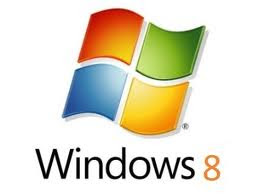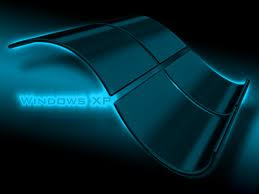Operating system has a fair share of praise and criticism over a long time span. Each new version brought out by Microsoft has taken the user experience to a new level of convenience and hi-tech accomplishment. Versions are varying from 98 to Vista. Setup and installation of these is the primary task to get intact with new level of convenience. Microsoft Windows is a bulky, i.e. the file size of its installer is too much and it takes up too much hard disk space when installed. The PC users with Vista installed should use the latest RAM enhancing feature. The latest operating system on your computer has offered two installation modes, first is to upgrade, which is quite easy but restricted to Vista category only. Second one is to do a clean install, and is open for all.
Windows 7 is the latest release in the series produced for use on personal computers, including home and business desktops, laptops, netbooks, tablet PCs, and media center PCs and has a large number of new features and intended to be a more focused, incremental upgrade to Windows line, with the goal of being compatible with applications and hardware which Vista was not at the time. Some standard applications that have been included with prior releases of Microsoft including Calendar, Mail, Movie Maker, and Photo Gallery, are not included in latest OS. Before installation make sure that your computer is running either Service Pack 1 or Service Pack 2 of Vista. Install the 32-bit or 64-bit of this latest OS, which matches with your previous OS. Find out your 25-character product activation key.
Setup and installation of the same is very simple, likely to other OS. The different options are Internet, installation disc, or USB flash drive. In each you get the option of setup.exe. You have to double click that file to run the installation wizard. After that, the setup runs automatically and you need to just follow the on-screen prompts. Make sure that you have entered the valid product activation key. Online setup and installation of Windows 7 will diagnose and troubleshoot issues. Online computer support technicians resolve all the issues of OS at their level best and help to satisfy the customer's needs and enhance their goodwill too.
Source: http://EzineArticles.com/5391065
Windows 7 is the latest release in the series produced for use on personal computers, including home and business desktops, laptops, netbooks, tablet PCs, and media center PCs and has a large number of new features and intended to be a more focused, incremental upgrade to Windows line, with the goal of being compatible with applications and hardware which Vista was not at the time. Some standard applications that have been included with prior releases of Microsoft including Calendar, Mail, Movie Maker, and Photo Gallery, are not included in latest OS. Before installation make sure that your computer is running either Service Pack 1 or Service Pack 2 of Vista. Install the 32-bit or 64-bit of this latest OS, which matches with your previous OS. Find out your 25-character product activation key.
Setup and installation of the same is very simple, likely to other OS. The different options are Internet, installation disc, or USB flash drive. In each you get the option of setup.exe. You have to double click that file to run the installation wizard. After that, the setup runs automatically and you need to just follow the on-screen prompts. Make sure that you have entered the valid product activation key. Online setup and installation of Windows 7 will diagnose and troubleshoot issues. Online computer support technicians resolve all the issues of OS at their level best and help to satisfy the customer's needs and enhance their goodwill too.
Source: http://EzineArticles.com/5391065












